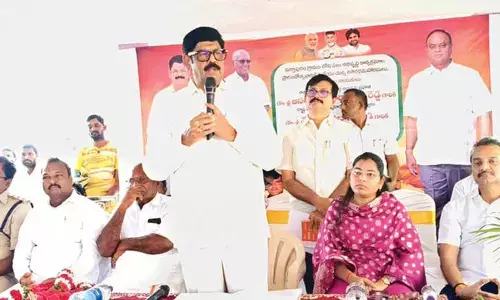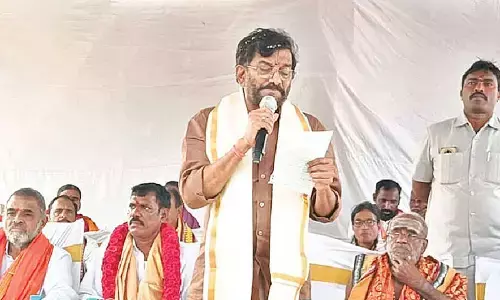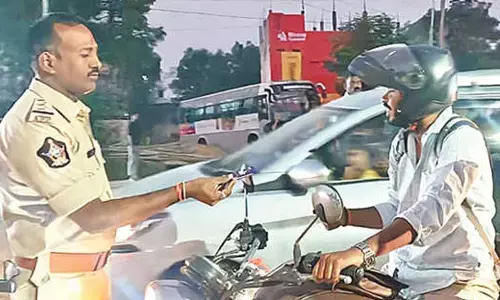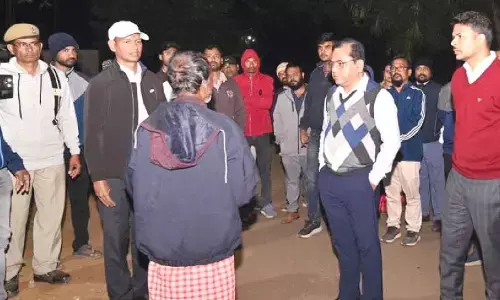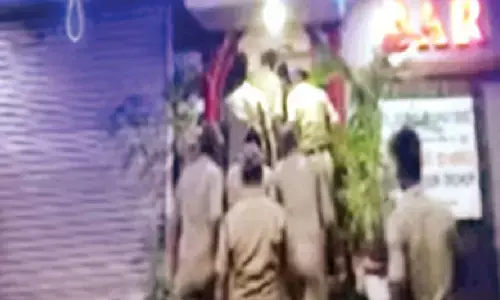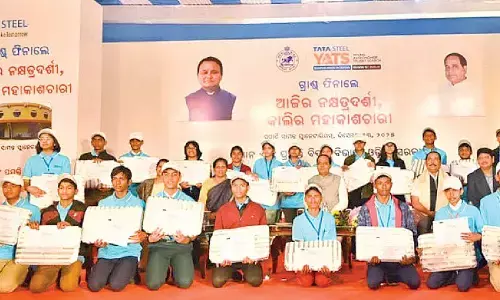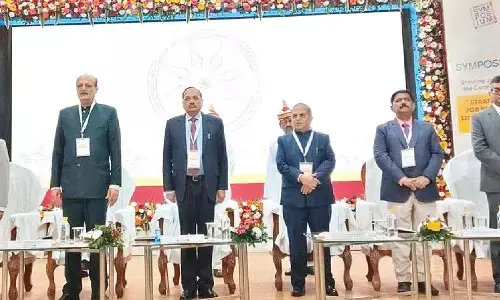Explained: Community Transmission and State-wise COVID 19 Cases in India
 Community Transmission and State-wise COVID 19 Cases in India
Community Transmission and State-wise COVID 19 Cases in IndiaThe only possible way to "interrupt" the transmission of coronavirus is social distancing.
The Indian government hired its sources and done the math on how rapidly the COVID-19 virus can spread from one person to hundreds of people, and the result is something every individual should be afraid of.
What is Community Transmission?
Community transmission means an illness spreads in a way that the source of its infection cannot be identified. One gets infected from other people while at work or shopping outside or from people whom you never expect to be infected.
A person who is diagnosed with COVID-19; the infection is either linked to travel history to a place where the disease is dominant or if that particular person has come in contact with someone already infected. When the source of transmission for a group of people cannot be traced, it is called a community transmission.
Risk of Community Transmission of COVID-19 State-wise as of June 22, 2020
Alarming Growth Rate of COVID-19
When we look at the week-long phases, India's cases raised from 3 to 43 to 114 to 415 to 1,071 on the 29th day. On March 19, on average, every positive case in India was transmitting the virus to 1.7 people. By March 26, that number grew to 1.81.
This number is known as a "reproduction number" or R0 that describe the contagiousness of a disease. When the R0 is less than one, it means not every infected person spreads the virus to another, the condition comes to an end to become an epidemic. R0 more than one and the country observes exponential growth in the number of cases.
Epidemiologists have advocated "social distancing" to "flatten the curve." Which means by preventing people from contacting, each infected person may transmit the virus to fewer people, reducing the rate of spread and allowing healthcare systems to handle the patients' invasion.
India has not managed to flatten the curve despite two stringent lockdowns, which suggests that the lockdown might have been essential, but it is not sufficient.
Why is it Bothersome?
In India, the government is closely monitoring the outbreak through contact tracing.
Contact tracing means whenever a case of coronavirus is registered, every individual with whom the patient came in contact is closely monitored. If required, these individuals are kept in isolation to prevent the spread infection more.
When it comes to community transmission, contact tracing is inadequate in containing the disease. Because any person — irrespective of whether he or she has been exposed to an infected person or have travelled to the affected countries — remains at risk. This is particularly bothersome for health officials because that means that the virus is in the community, but it is clueless where it has come from or track its origins. This also means the infection can be widespread in a community.
If this continues at the same pace, it may soon reach 16 lakh figure by the end of this month. Please do not leave home, whatever might be the reason, because the worst time is starting.



